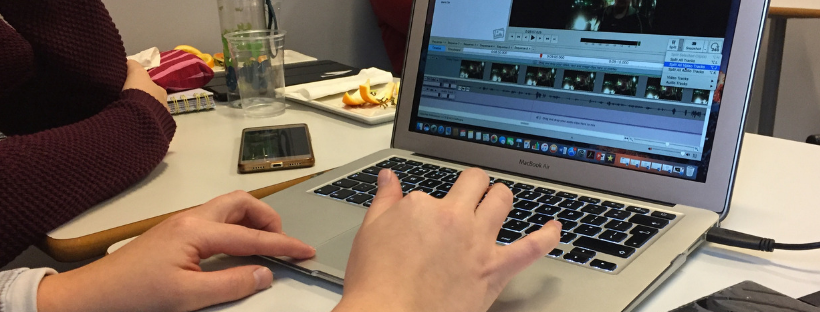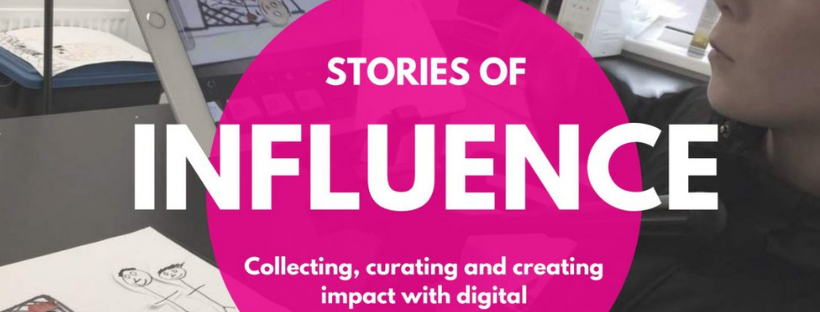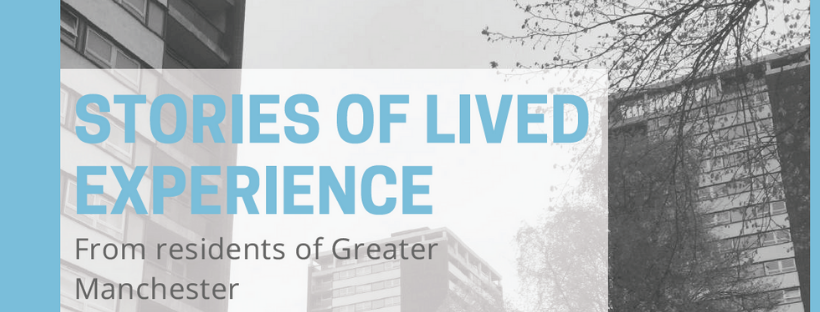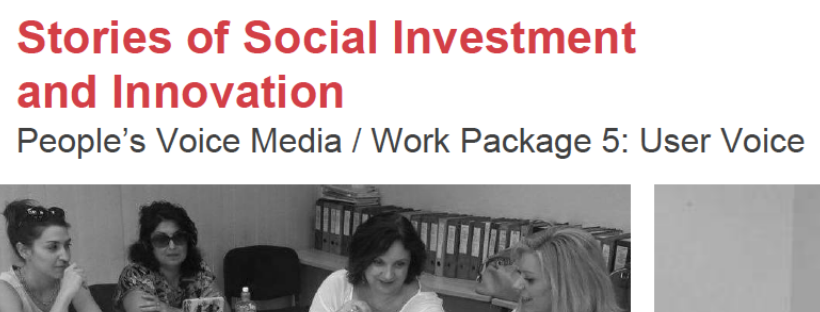YOUNG PEOPLE’S LIVES – REPORT OUT NOW!
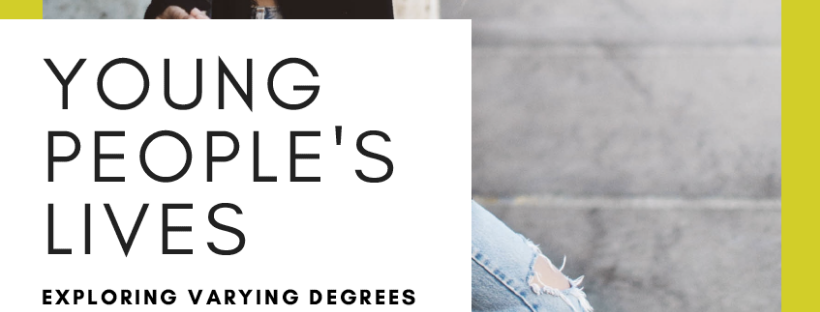
When looking at the lives of young people in Finnish society, it is important to view them through a lens that takes into account the multifaceted nature of marginalisation and inclusion. As part of the CoSIE project, undergraduates from Turku University of Applied Sciences have been trained as Community Reporters and using an insight storytelling methodology they have gathered stories of other young people who are encountering a range of challenges in their lives. This insight has been used as the basis of a short report on youth marginalisation.
To access these young people and hear about their lives, the Community Reporters used their personal contacts and went out onto the streets of Turku. This enabled them to engage with young people who are less likely to be engaged with formal services, and through this began to uncover some of the issues that these young people are facing.
What the stories suggest is that having a purpose in life helps young people to create a positive sense of identity, which supports their overall wellbeing. This focus and sense of self helps young people to tackle the difficulties they face. However, as this insight report will detail, equating purpose to ‘having a job’ and linking this to ‘improved wellbeing’ is too simple a correlation to make. The key is that the work or purpose must be something that is fulfilling for the young person. Find out more about this work by downloading the full report below.
